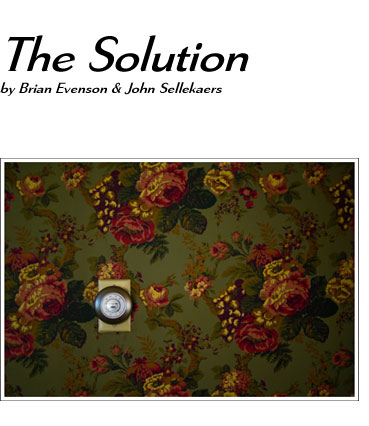
There had been a longstanding disagreement between the countess and her daughter, one that might vaguely be described as a conflict between tradition and progress. The countess believed in a hat for every occasion, her daughter was violently opposed to headpieces of any kind. The countess believed that one should never seat thirteen at table, her daughter that food is best thrust through a so-called drive-thru window and eaten in the front seat of one’s car. The countess believed that one should spend the evening in the company of one’s family with everyone absorbed in an improving book, her daughter that evenings should be spent as far away from her mother as possible.
When the disagreement reached new heights, both women called upon the count to talk sense to the other. The count listened, considered, and then offered what he felt was a practical compromise. It was, he admitted, perhaps slightly inelegant. No one, he conceded, was satisfied. But, he asked, could they think of a better solution?
Within the year, the daughter had taken up with a pharmaceutical salesman. The countess, now with too much time on her hands, embarked upon a torrid affair with a dealer in Turkish antiques. As for the count, his life continued along more or less the same lines as before, his mind sometimes returning briefly to the solution he had offered and which both women had rejected. It was, he still had to admit, slightly inelegant. But he still could not for the life of him think of another way.

